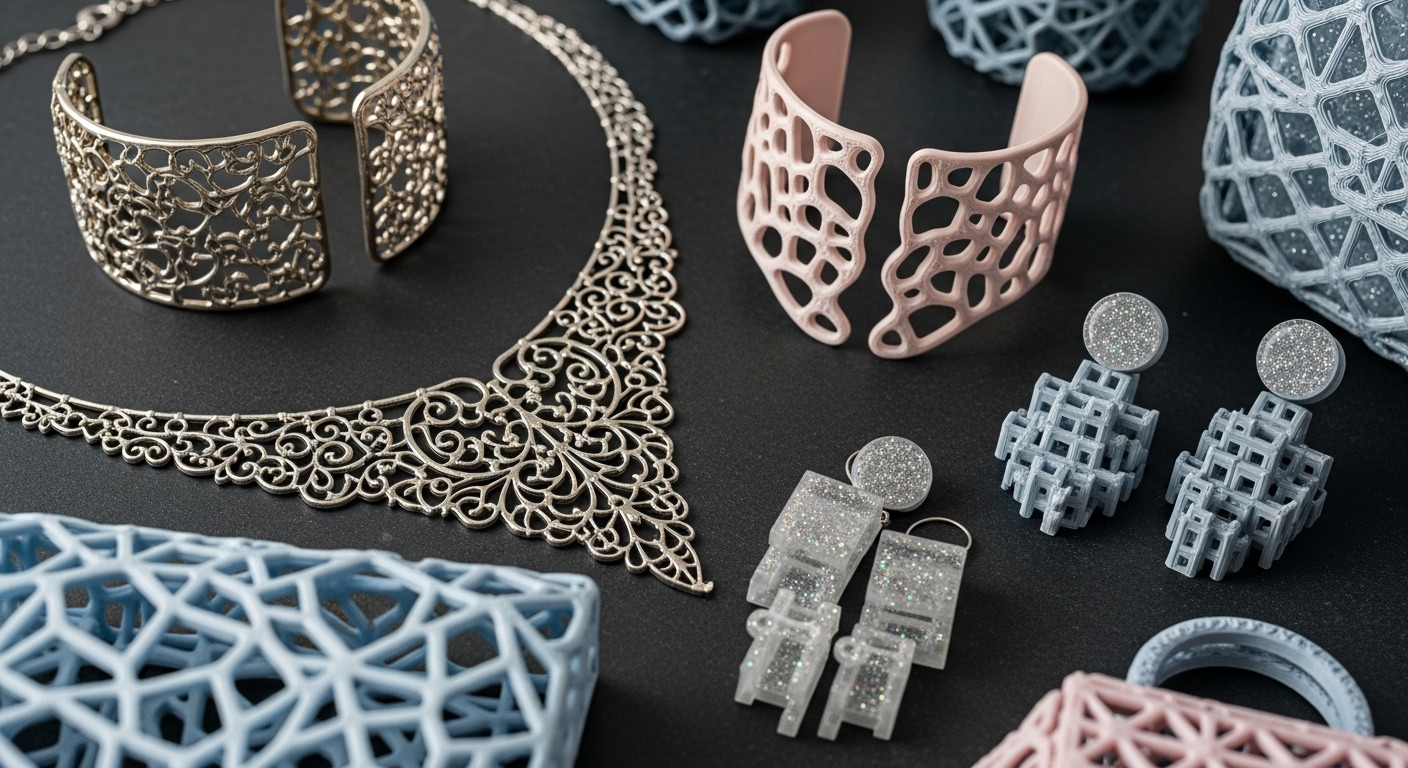When it comes to short-run manufacturing, traditional methods often fall short. The high costs of tooling and setup make small batches inefficient and expensive. That’s where 3D printing excels. With zero tooling, fast turnaround, and design flexibility, additive manufacturing has become a go-to solution for producing small quantities of parts—efficiently and affordably.
What Is Short-Run Manufacturing?
Short-run manufacturing refers to the production of small batches—typically from a few units to several hundred. It’s common in:
- Product launches and pilot runs
- Seasonal or limited-edition products
- Replacement parts for older equipment
- Customized or localized products
In these cases, conventional manufacturing methods like injection molding may be cost-prohibitive or too slow to adapt.
Why 3D Printing Works So Well for Short Runs
1. No Tooling Required
Traditional methods rely on molds or dies, which are expensive to produce. 3D printing removes this barrier entirely—just slice the model and print.
2. Faster Turnaround Times
Design changes don’t require retooling. This allows for quicker iterations, faster production cycles, and more agile responses to feedback.
3. Affordable Per-Unit Costs
While unit prices in mass production are lower, 3D printing offers stable and often lower costs for small volumes—especially when factoring in time savings.
4. High Customization Potential
Each item in a short run can be personalized without increasing production time or complexity.
5. On-Demand Flexibility
Parts can be printed when needed, reducing storage and minimizing the risk of overproduction or dead stock.
When to Use 3D Printing for Short-Run Jobs
- Launching a new product to test market demand
- Producing 100–500 units of a niche product
- Manufacturing jigs, fixtures, or end-of-life spare parts
- Fulfilling made-to-order or small-batch customer requests
Real-World Scenarios
- A startup wants to release 250 custom phone stands for an event.
- An appliance company needs replacement parts for discontinued models.
- A fashion designer prints 100 unique buckles for a limited garment line.
In each case, 3D printing avoids the cost and inflexibility of conventional methods—while delivering professional-grade results.
Tips for Success with Short-Run 3D Printing
- Choose materials suited for real-world use—such as PETG, ABS, or nylon.
- Plan for post-processing where needed to enhance appearance or durability.
- Use build plate optimization to print multiple parts simultaneously and reduce per-unit costs.
Short-run manufacturing demands speed, efficiency, and adaptability—qualities that 3D printing delivers with ease. As businesses seek leaner and more flexible production strategies, additive manufacturing continues to prove itself as a smart choice for low-volume, high-value outputs.


